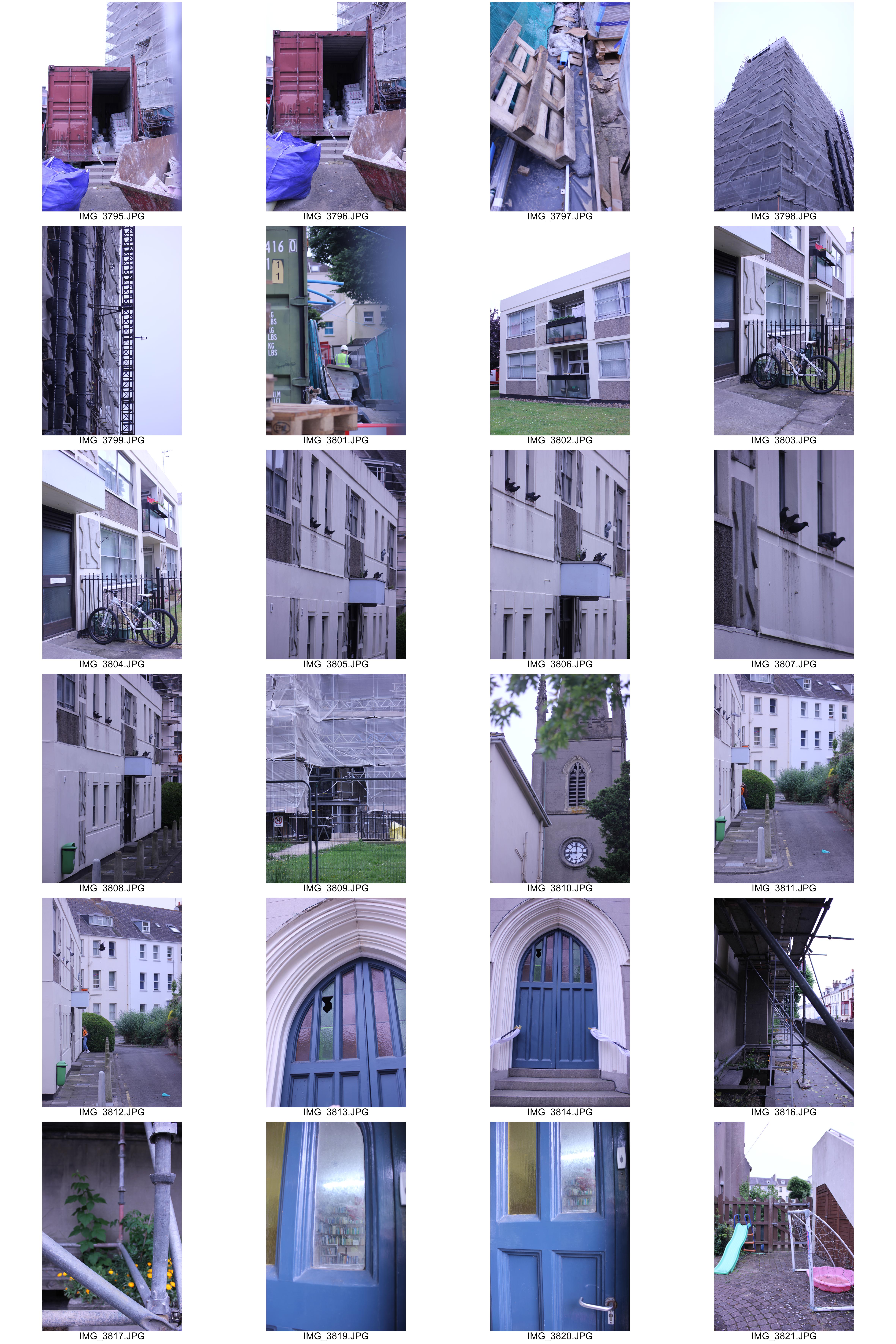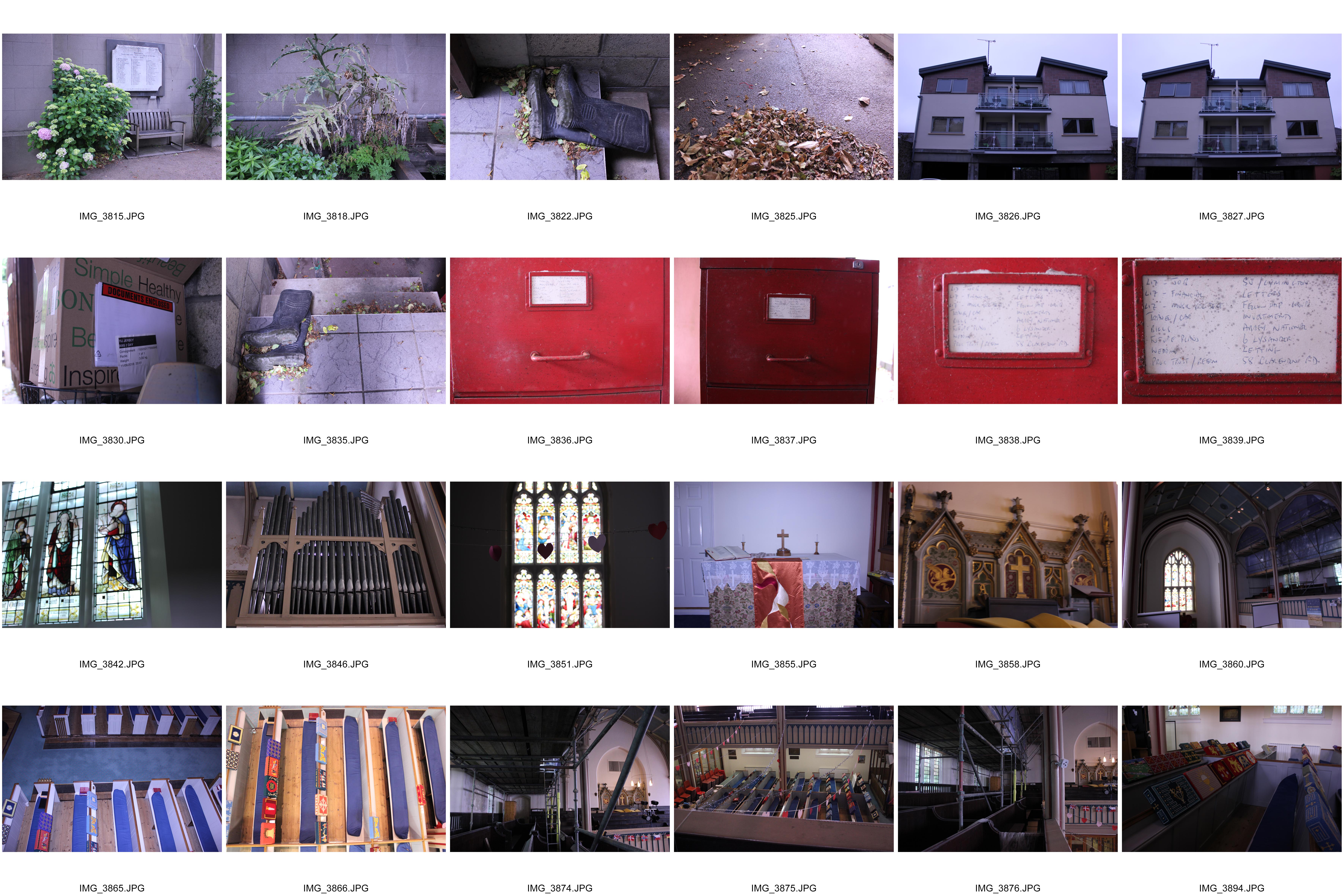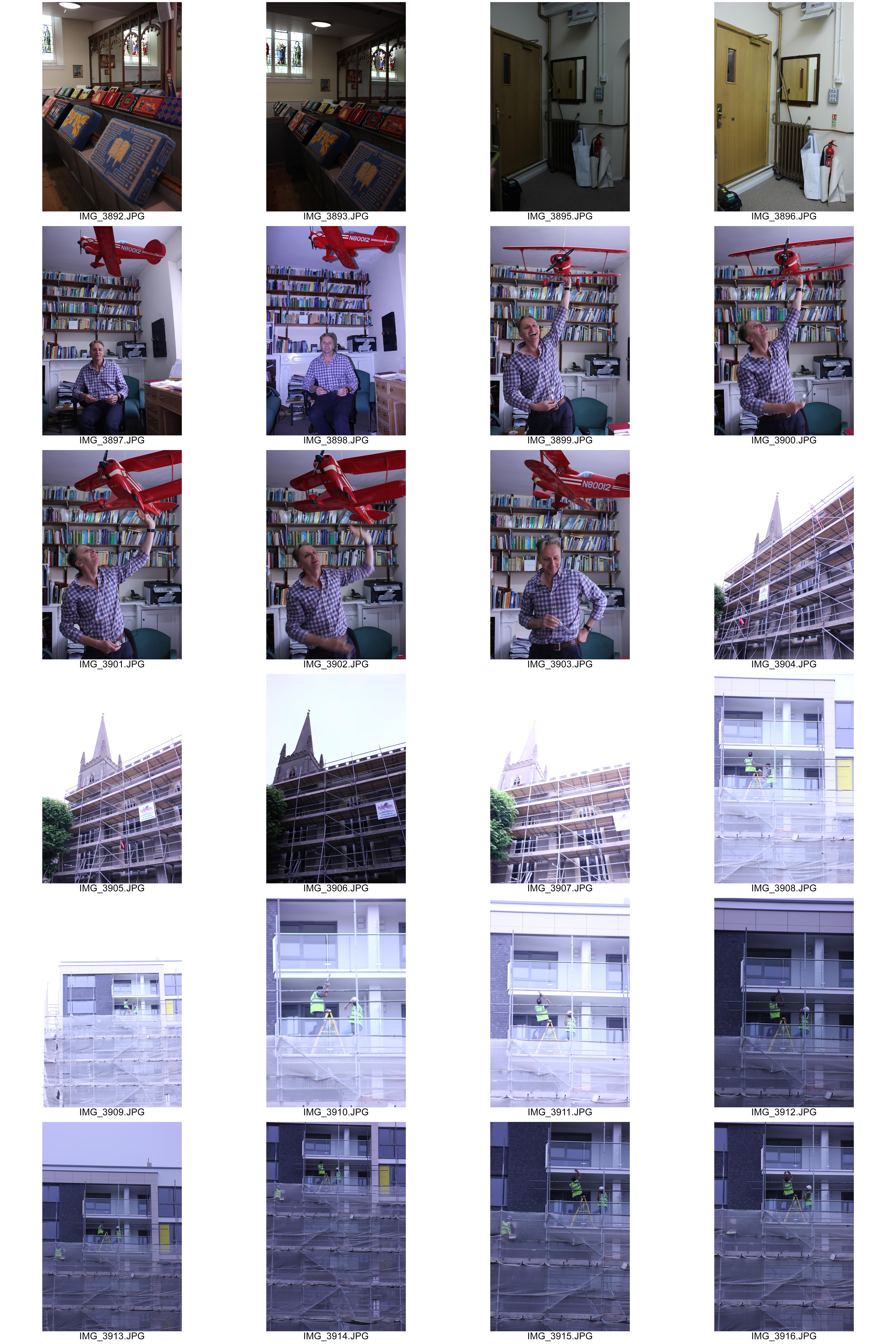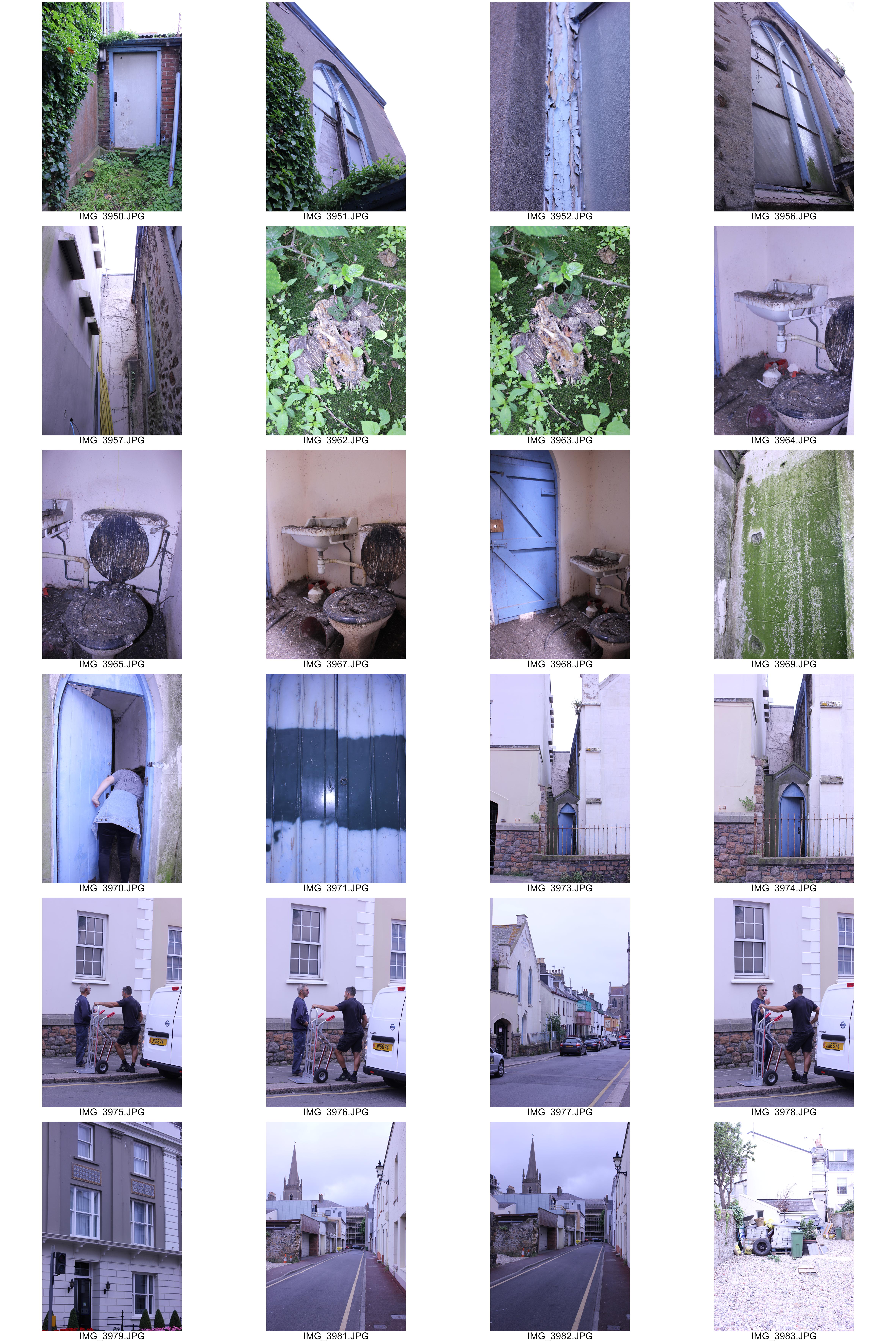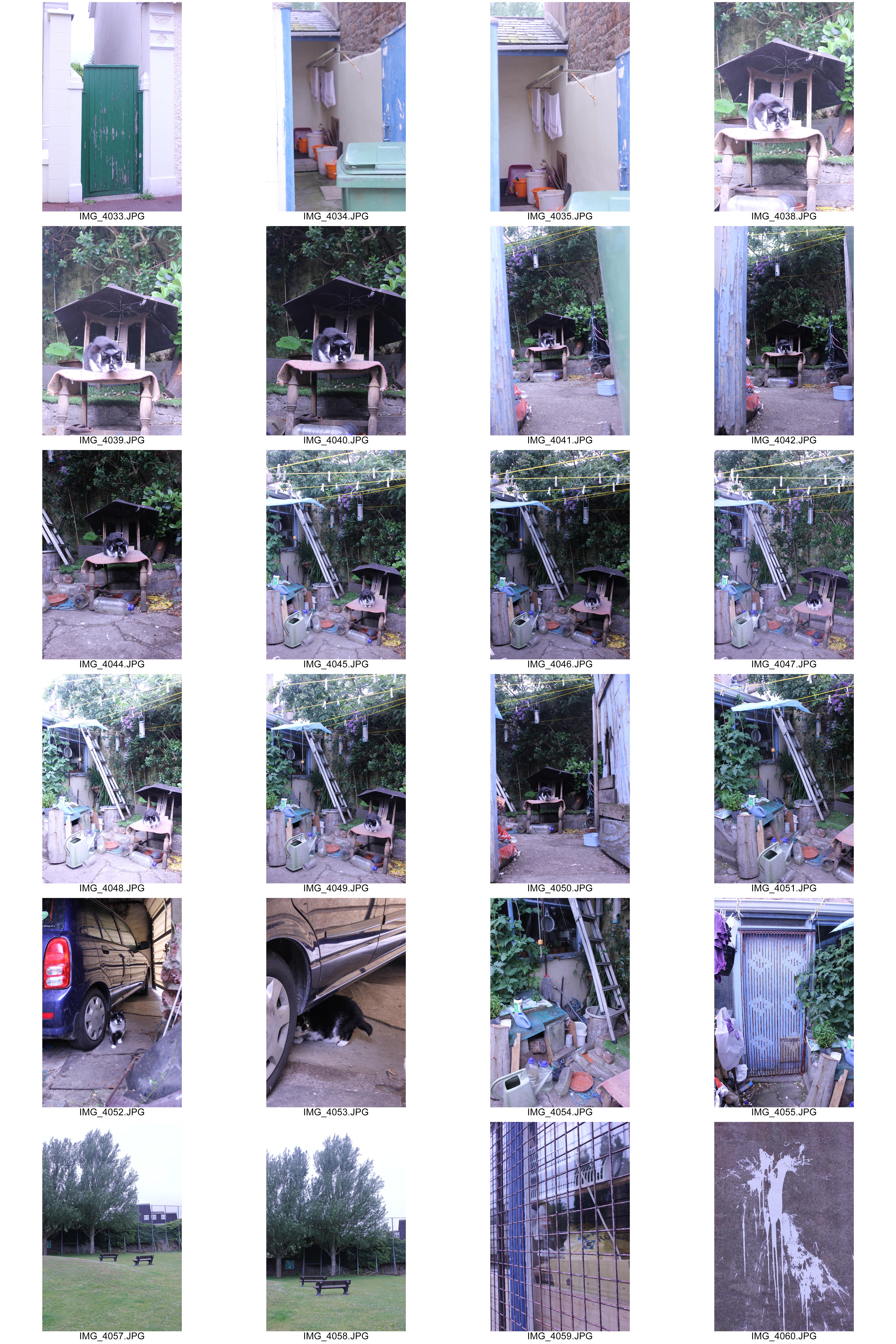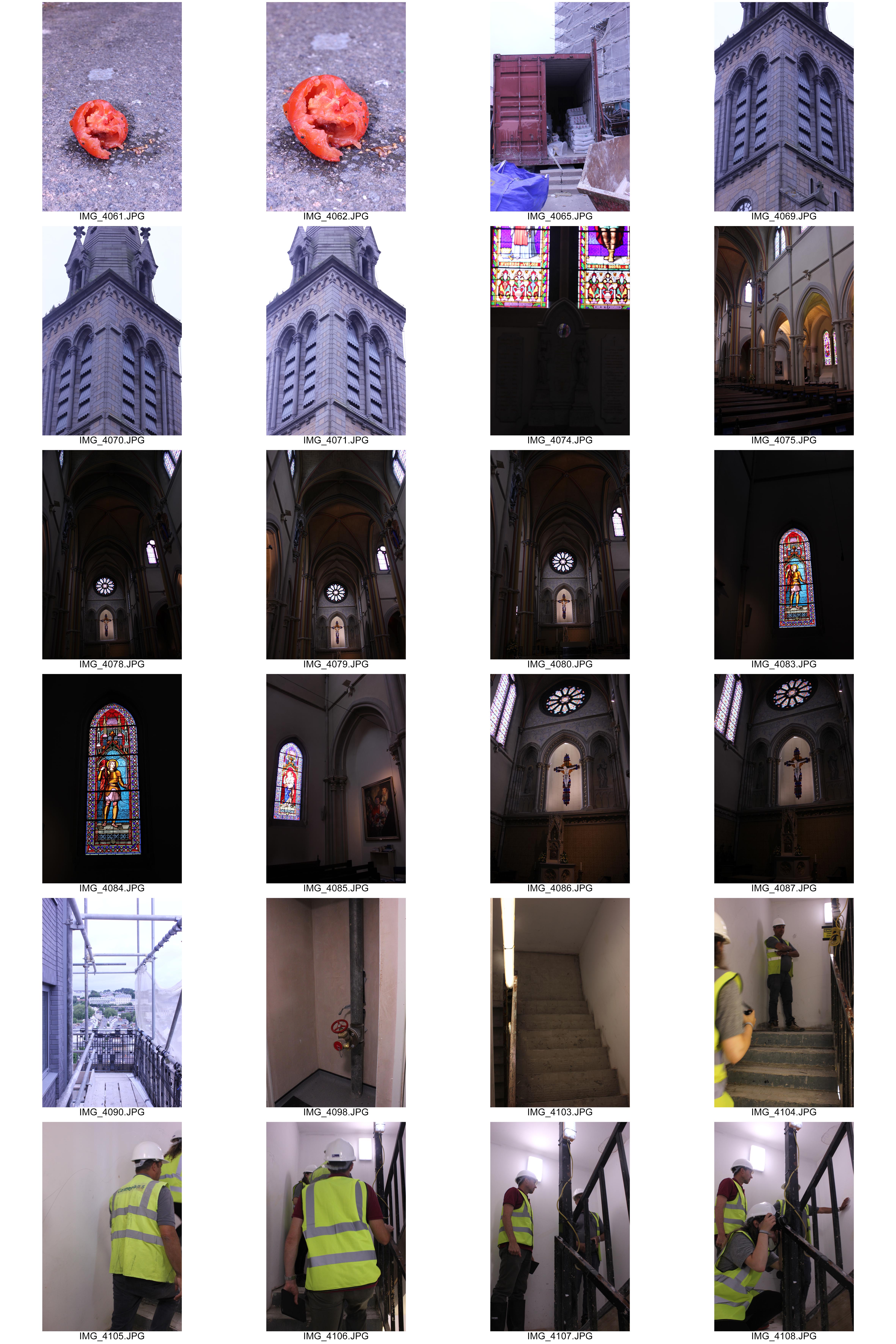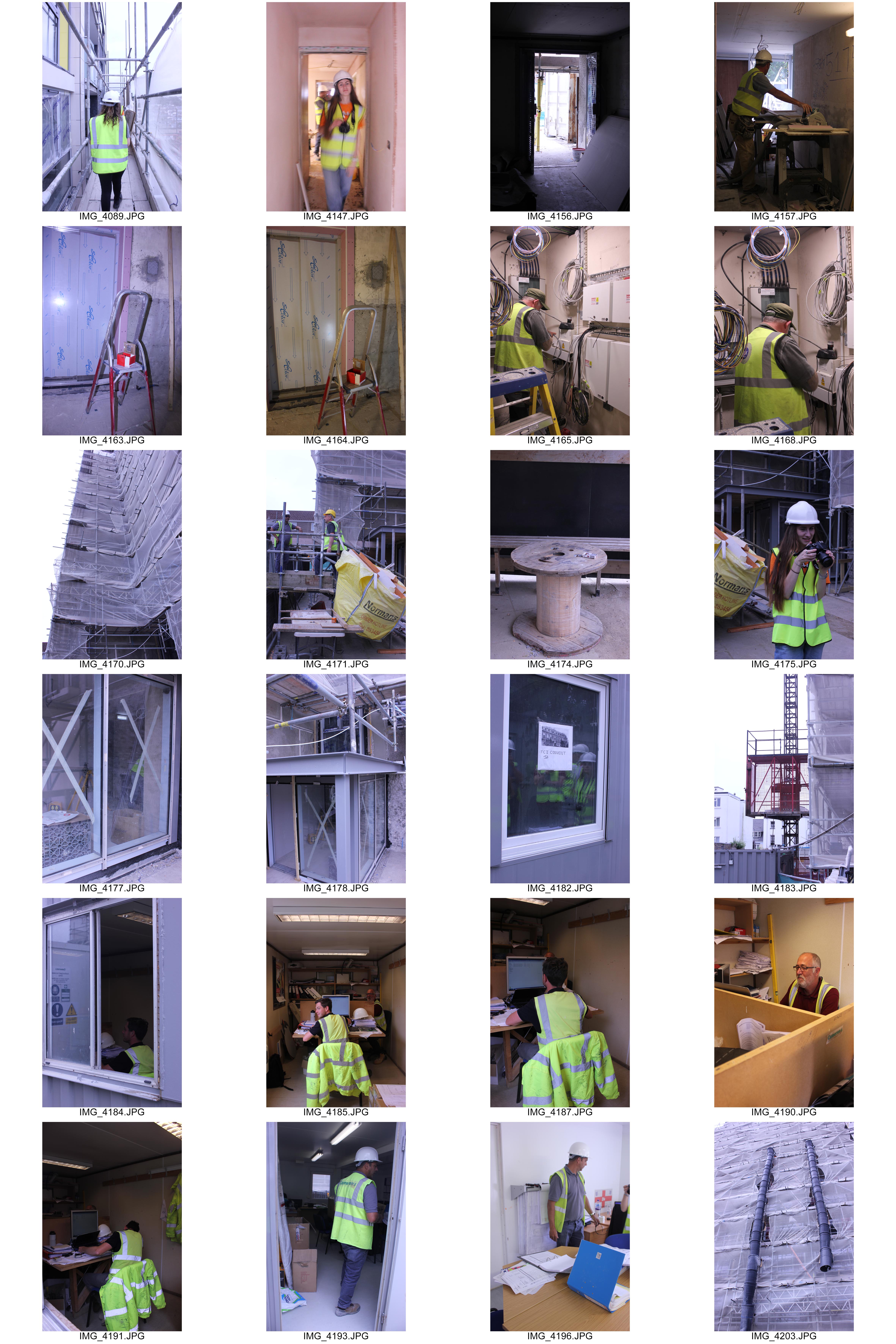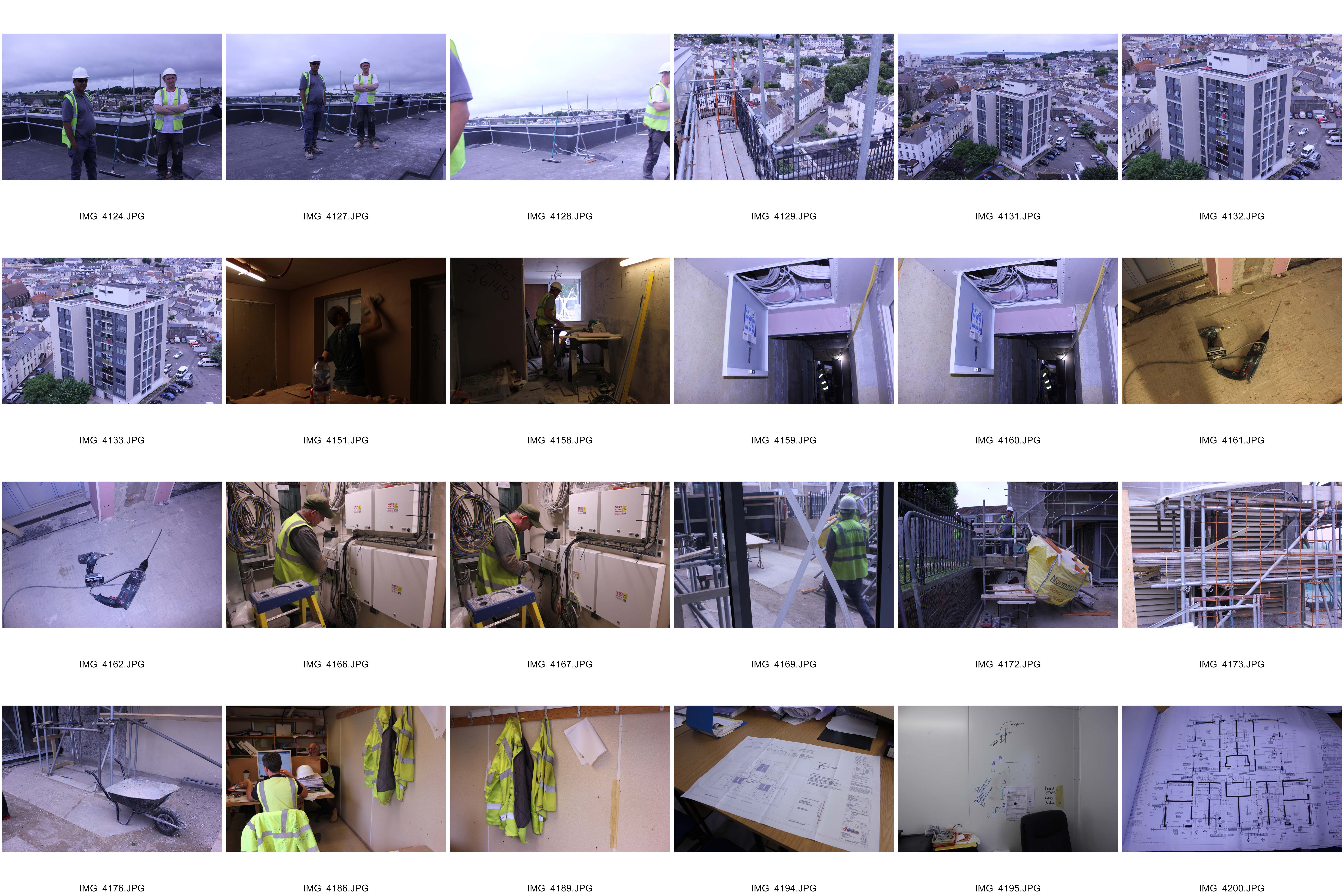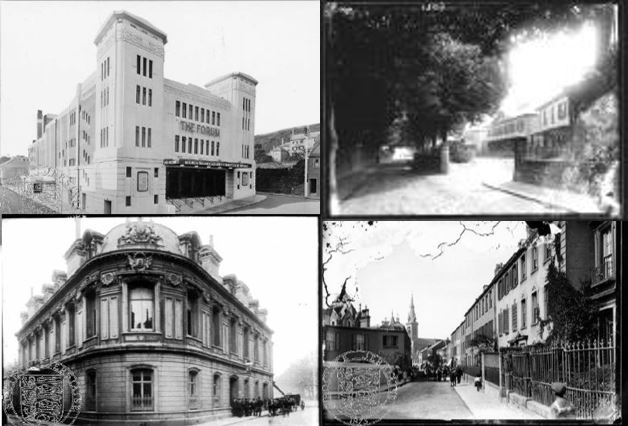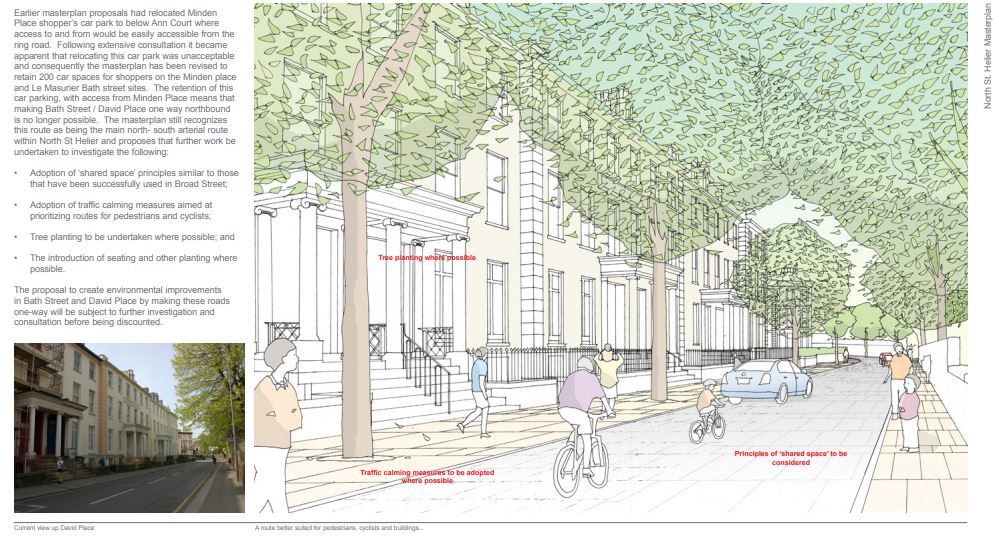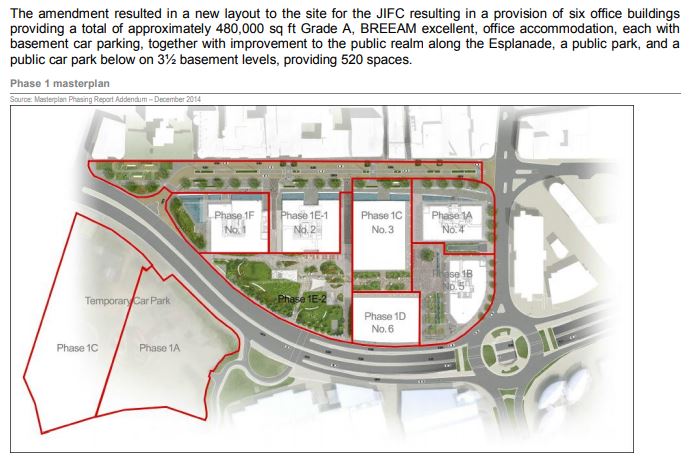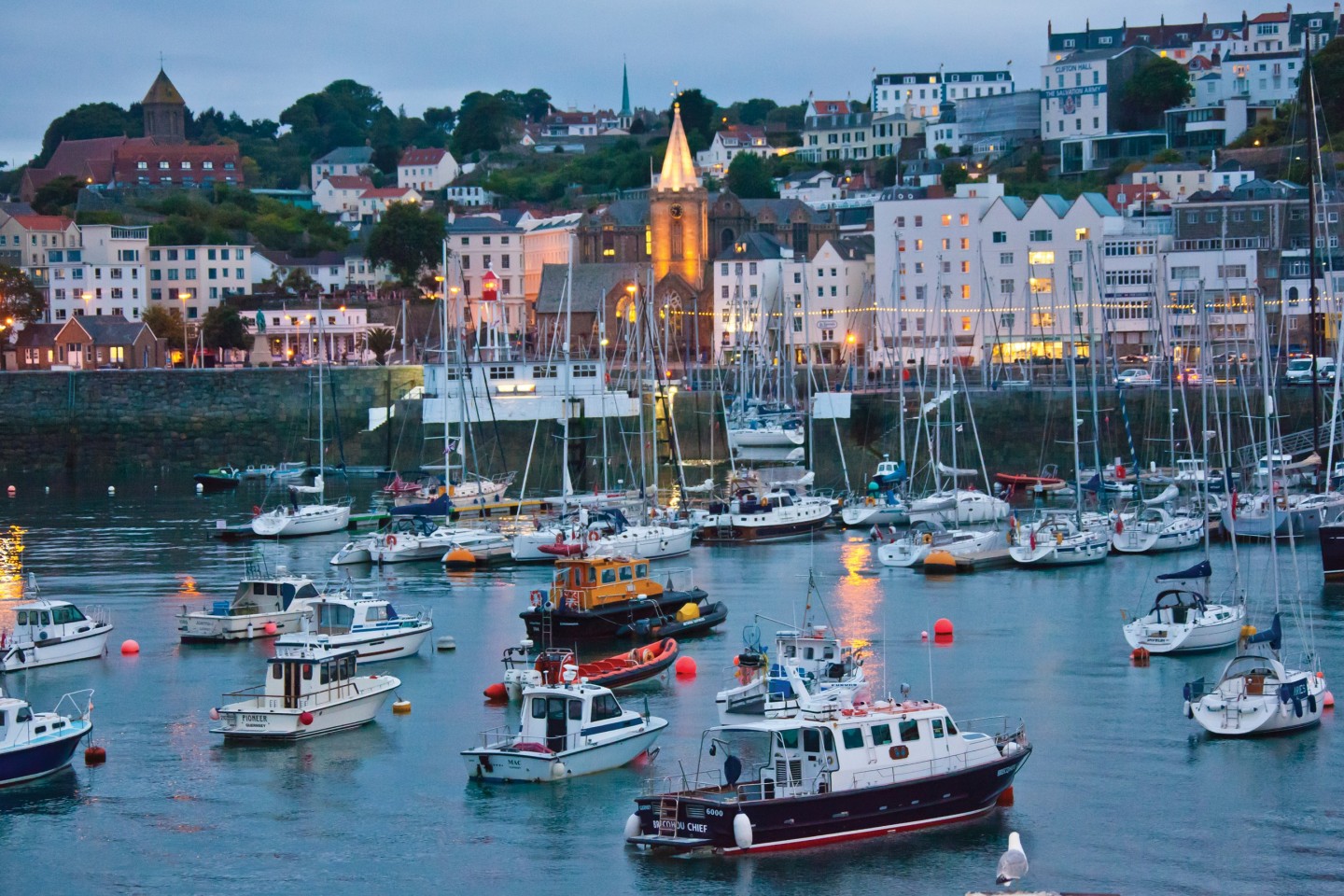Saint Helier is Jersey’s capital town and the most populated of its 12 parishes. It is home to the States Chamber, where the island’s parliament meets, the Royal Court building and most major administrative departments. It also has the island’s main port, public markets, a number of major public parks, most of the important public monuments and statues. Although for some time before the development of St Helier Harbour, Saint Aubin was arguably the most important town in the island, St Helier has always been the capital, and since the early 19th century it has grown into a bustling town and commercial centre and, until the advent of air travel in the mid-20th century, the island’s principal gateway.
King Street is the heart of St Helier and its main shopping area. This was not always the case, because it was once a back street (Rue de derrière) with open marshland behind. Today it is a thriving commercial precinct, its Victorian properties commanding substantial rents.
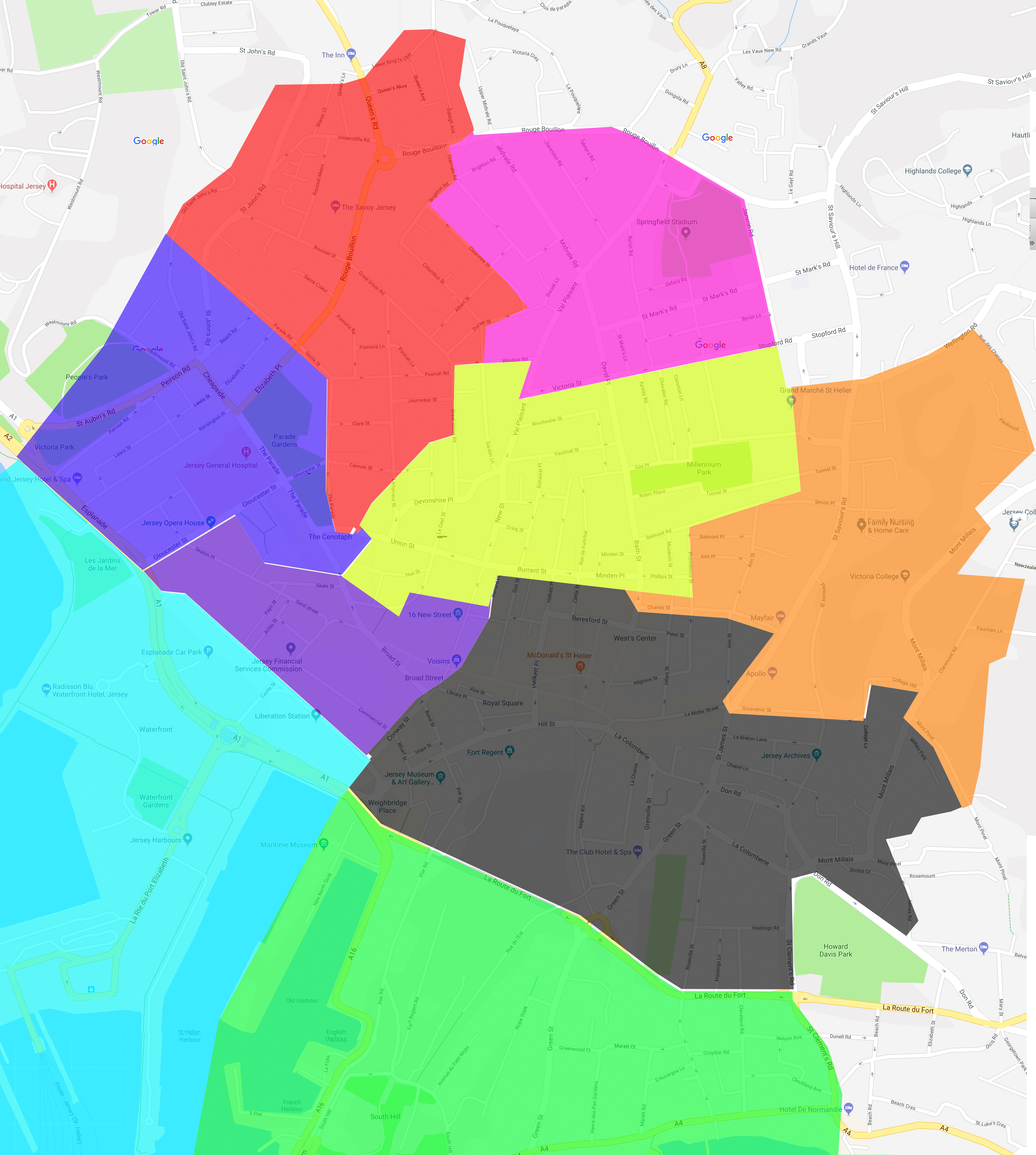
The area given to me was the pink section, this area features roads such as Midvale Road and Val Plaisant and landmarks such as Springfield Stadium and St Thomas’s Church.
St Mark’s Church
St Mark’s Church, located on St Mark’s Road, was opened in 1844 after recognition of the need for a new church in the area by Francis Jeune, the dean of Jersey at the time.
The licence for the opening of the church read:
‘Know ye that whereas the population of the Town and Parish of St Helier has greatly increased and that many faithful persons are deterred from worshipping God…..certain members of the Church of England desirous of promoting the glory of God…..have at full cost erected and completed a suitable building by the name of St. Mark’s Church’
For the first fifty years of its existence, St. Mark’s was always full and often there was a waiting list of people anxious to secure seats. The Dean worked out all this and calculated that 70 shares of £50 each would provide a worthy building and at a meeting called on 16th May 1842 he laid out his plans. He offered to take up 16 shares (a considerable outlay for those days of £800) and to make the pews that came to him from six of those shares free. The plans were accepted; all the shares were disposed of in the next few weeks and, on 1st August the foundation stone was laid by the Lieutenant Governor.
A few weeks after its consecration by the Bishop of Winchester on 6th August 1846, the visit of Queen Victoria brought the church into the limelight. A triumphal arch of welcome was built across David Place.


>Members of St Mark’s Choir in 1953 and 1948
>Previous Vicars at St Mark’s Church
Springfield Stadium
Springfield opened in 1885 and began as the venue for agricultural shows, as well as hosting social and sporting events, including the Battle of Flowers. The Royal Jersey Militia used the ground as a parade ground from the early 20th century, and the hall was taken over by the military at the outbreak of the First World War. The Springfield Ballroom was venue for concerts in the 1960s for acts such as The Beatles and Rolling Stones. In Modern Use, Springfield’s main pitch is used mostly for football matches and is the headquarters of the Jersey Football Association.
>Island Cattle Shows taken place at Springfield.
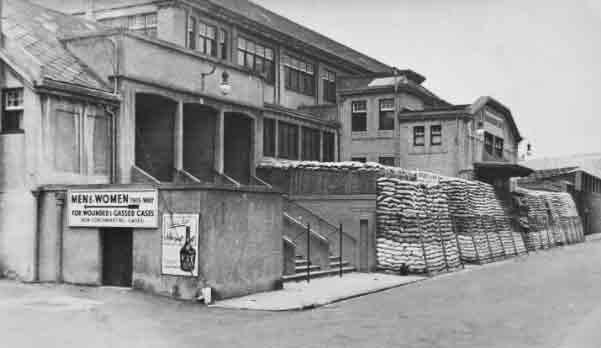
>Springfield during the War.
St Thomas’s Church
St Thomas’s Church opened in 1887 but was consecrated in 1893.
St Thomas’ Church is constructed in the 13th century style and comprises nave, aisles, transepts with chapels forming the arms of the Cross, and a chancel. Two small chapels lengthening the lower sides westward have the appearance of chancels to either aisles. On each side of the tower are two other chapels with groined vaults of a very pleasing effect, that at the south end having a deep recess in the centre of which stands the baptismal font.

>An architect’s drawing of the church published to coincide with the laying of the foundation stone in September 1883
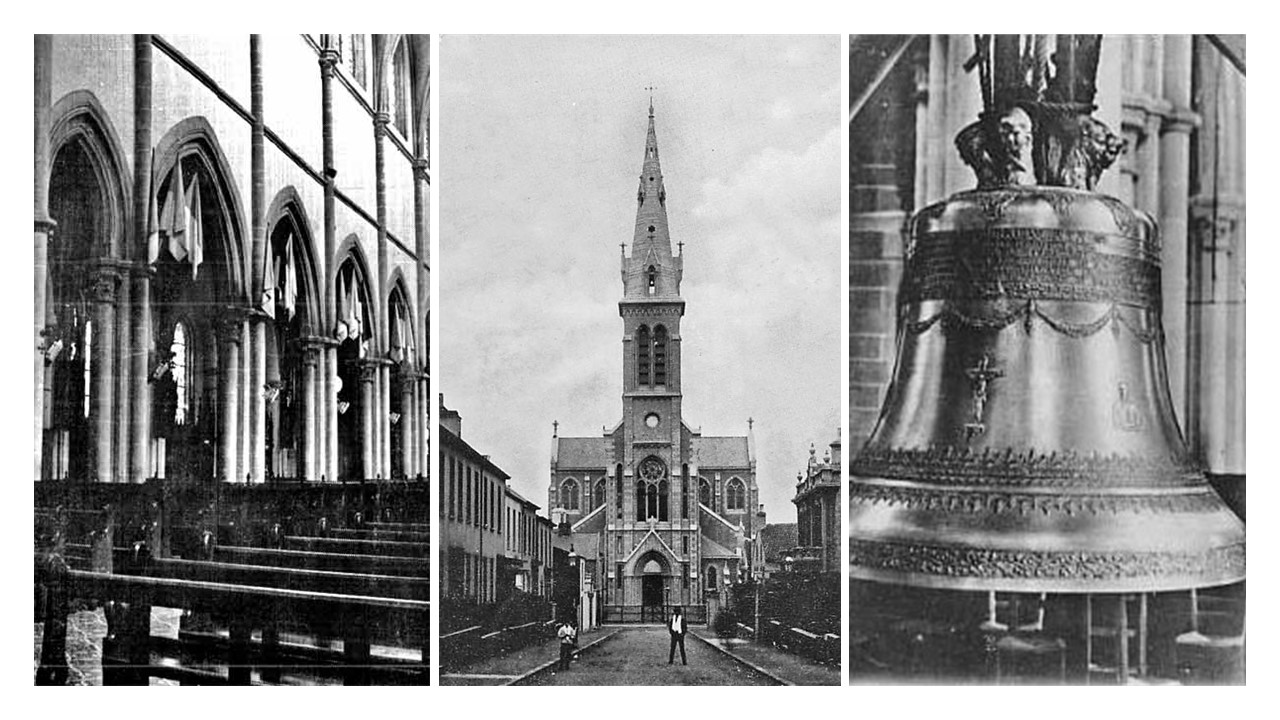
>Images of the church, including a frontal shot taken by Albert Smith
